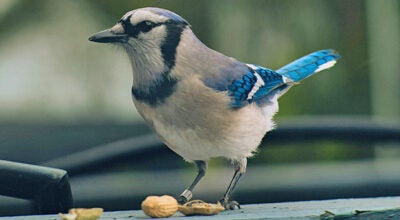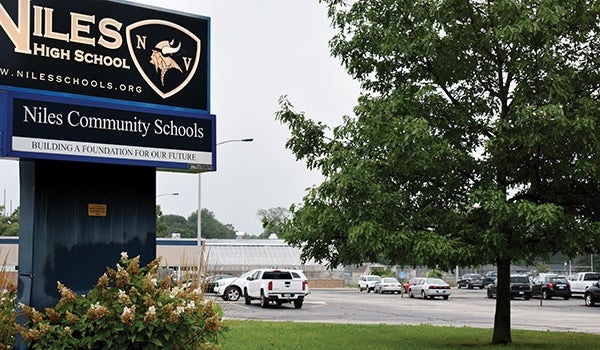Pipelines threaten project to remove Pucker Street Dam
Published 9:07 am Thursday, February 11, 2016
A pair of pipelines running below the Dowagiac River threatens to delay or cancel altogether an effort by the City of Niles to remove the Pucker Street Dam, the city council learned in a committee of the whole meeting Monday.
Oscar Loveless, a lead engineer for the project, told the council that the ANR Company-owned pipelines were installed about three feet below the bottom of the sediment that has built up since the dam was put in place.
Loveless said there is a good chance that the natural-gas carrying pipelines will be exposed once the dam (located upstream) is removed and the sediment goes away.
“They will be a hazard to canoeists, or people coming down the river,” said the Wightman and Associates employee.
The ANR Pipeline Company wants the pipes to be relocated, Loveless said, at an estimated cost of $6 million.
Who will pay for the relocation of the pipes remains a question.
Loveless said attorneys for the city and ANR are working that out right now.
Jeff Dunlap, director of the Niles Utilities Division, said pipe relocation was not figured into the budget and that the city could not afford the cost.
“We would have to place the project on hold while we looked at our options, including abandoning the project,” Dunlap said.
Long process
The city council voted to remove the deteriorating hydroelectric dam in 2013 after concluding it was too expensive to be restored.
The cost of removal was originally estimated at $1.5 million, but that number jumped to $3.4 million when unanticipated complications arose, including how the removal would affect the Pucker Street Bridge.
To pay for the extra cost, the city created a surcharge on retail electric sales for utilities customers.
Dunlap said the city hopes to receive around $2 million in grants to pay for much of the dam’s removal. Niles has secured $1.35 million in grant money thus far.
“We will keep working toward getting as much of that as we can to help relieve ratepayers on the surcharge,” Dunlap said.
Construction to remove the dam was expected to begin next spring.
“We will keep going and let the lawyers work out the pipeline issue and hopefully it will be resolved,” Dunlap said.
Whitewater rapids
Also Monday, Brian Gunderman, a fisheries biologist with the Michigan Department of Natural Resources, said removing the dam would restore that portion of the river to a more natural state and likely create natural rapids.
“Will there be rapids there? In all likelihood, yes,” he said.
Gunderman advised against creating artificial whitewater rapids there in response to a group of people that suggested the city do so months ago.
He said artificial rapids would hinder fish passage and invalidate grants the city received from the MDNR for the dam’s removal.
“Long story short, if you design something that is very artificial here it is going to invalidate the state funding,” he said.
Marcy Colclough, of the Southwest Michigan Planning Commission, said removing the dam would beautify that portion of the river and create increased fishing and water sports opportunities, such as kayaking and canoeing.
“The fishing downstream is already phenomenal,” she said. “We expect the fishing upstream to be just as phenomenal.”






